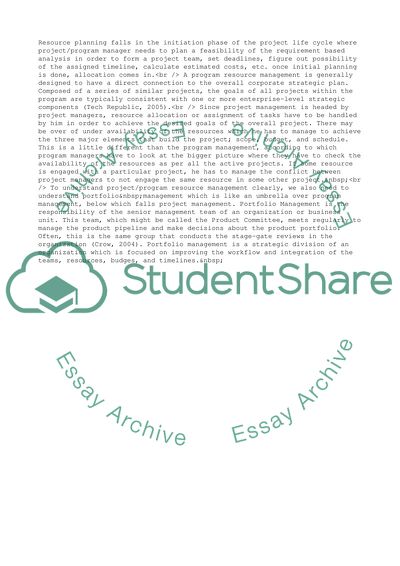Cite this document
(Project, Program and Portfolio Resource Planning and Allocation Research Paper, n.d.)
Project, Program and Portfolio Resource Planning and Allocation Research Paper. Retrieved from https://studentshare.org/management/1563328-resource-allocation-report
Project, Program and Portfolio Resource Planning and Allocation Research Paper. Retrieved from https://studentshare.org/management/1563328-resource-allocation-report
(Project, Program and Portfolio Resource Planning and Allocation Research Paper)
Project, Program and Portfolio Resource Planning and Allocation Research Paper. https://studentshare.org/management/1563328-resource-allocation-report.
Project, Program and Portfolio Resource Planning and Allocation Research Paper. https://studentshare.org/management/1563328-resource-allocation-report.
“Project, Program and Portfolio Resource Planning and Allocation Research Paper”, n.d. https://studentshare.org/management/1563328-resource-allocation-report.


